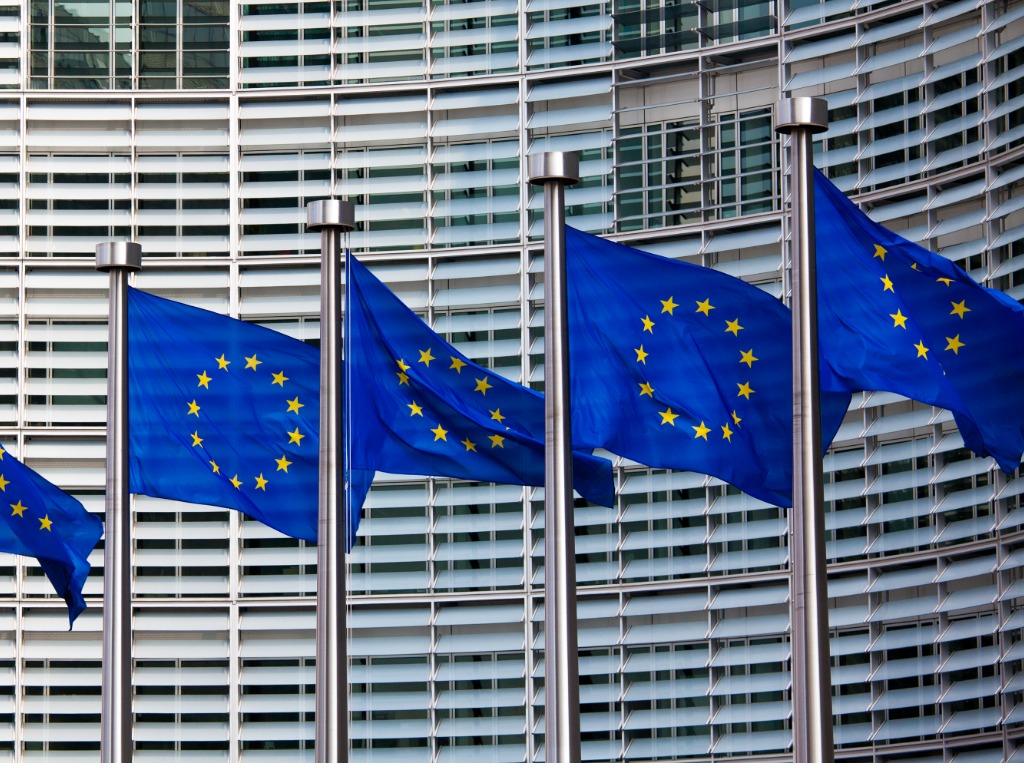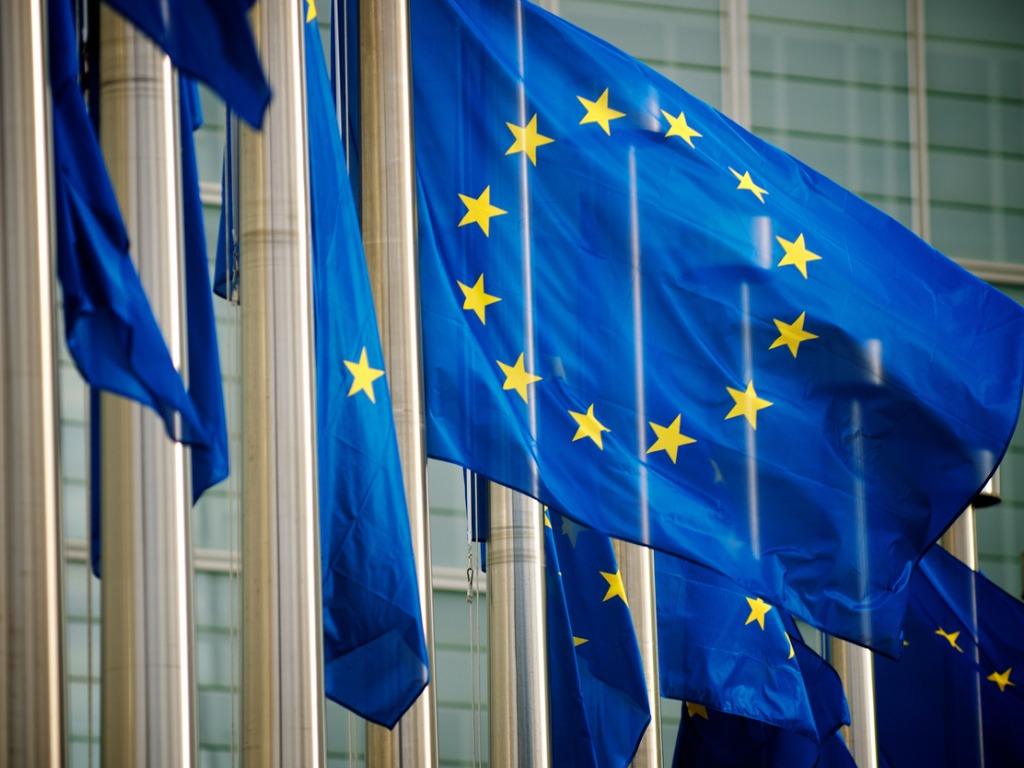Bank of England Targets Net Zero Emissions in Own Operations
“Practicing what we preach”
The Bank of England (BoE) has set for itself a new sustainability commitment, aiming to reduce emissions from its physical operations to a level in line with achieving net zero by 2050.
The new goal was announced by BoE Governor Andrew Bailey, in a speech Thursday at the Bank for International Settlements’ Green Swan Conference. The speech focused on the work central banks have done on climate change and the evolution necessary in that work going forward in order to help drive the net zero economy. Key areas highlighted by Bailey included understanding climate risks across the broader financial system and the macroeconomy, and embedding climate risk management in the financial firms regulated by the banks.
Bailey introduced the BoE’s new commitment, highlighting the importance for central banks “practicing what we preach.”
Bailey said:
“We hold ourselves to the same high standards that we expect of the firms we regulate. Consequently, we need to ensure that, wherever possible, our own financial operations, such as financial asset portfolios we hold, and our own physical operations, such as emissions from our buildings and printing banknotes, conform to best practice in the measurement, management and mitigation of climate risks. In line with this, I can confirm today that the Bank is committing to reduce emissions from our physical operations so they will be consistent with net-zero by 2050 at the latest.”
The new commitment follows a directive issued in March by HM Treasury, the government’s economic and finance ministry, for the UK’s financial regulators to embed climate change considerations in their decisions and actions, along with updated remits to the Bank of England’s Monetary Policy Committee (MPC) and Financial Policy Committee (FPC) reflecting the importance of environmental sustainability and the transition towards net zero in their mandates.
The BoE’s current climate target for physical operations is to achieve a 63% reduction in emissions by 2030, relative to 2016. According to the BoE’s 2020 TCFD report, the bank’s physical operations include the production of bank notes, the carbon footprint of its buildings, and business travel.
Commenting on the new 2050 at the latest target, Bailey added:
“I emphasize ‘at the latest.’ I’d be disappointed if it takes that long.”





